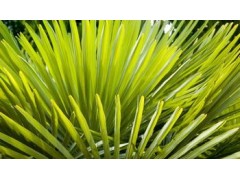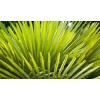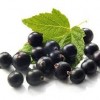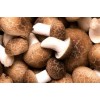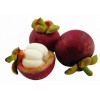Quick Details
Product Name: Saw Palmetto Extract
Botanical Name: Serenoa repens (bartram) small
Part Used: Dry Mature Fruit
Specification:Fatty Acids 25%, 45% GC
Main Function: Inhibit Prostate Hyperplasia, Anti Cystitis
Description
Saw palmetto fruit (berry) is a large reddish-black drupe and is an
important food source for wildlife and historically for humans. It contains constituents such as fatty acids, steroidal saponins, phytosterols, volatile oil, resin, tannins. Saw Palmetto berries contain an oil with a variety of fatty acids and phytosterols. These fatty acids include capric, caprylic, caproic, lauric, palmitic, and oleic acid and their ethyl esters. The major phytosterols are beta-sitosterol, stigmasterol, cycloartenol, stigmasterol, cycloartenol, lupeol, lupenone, and 24-methyl-cyclo-artenol.The fruits of the saw palmetto are highly enriched with fatty acids and phytosterols, which were used traditionally as a general tonic to nourish the body and encourage appetite and normal weight gain. The berries were also used in the treatment of genito-urinary tract problems including enuresis, nocturia, and urinary tract disorders. And it was used for remedy for atrophy of the testes, impotence, inflammation of the prostate, and low libido in men. And it was used as a tonic and expectorant for mucous membranes, particularly the bronchial passages. Recent clinical trials have shown that saw palmetto berries are helpful in the treatment of benign prostatic hyperplasia.The Saw Palmetto Extract used in dietary supplements is derived from the fruits of the plant Serenoa repens.
Function
Treat urinary tract infection.
Prevent and relieve symptoms of prostate enlargement (benign prostatic hyperplasia)
Calm the irritated and overactive bladder occasionally associated with bedwetting
Reduce hormonal damage to prostate cells, possibly reducing the future risk of developing prostate cancer.
Maintain healthy blood vessels, nerves and tissues
Lower cholesterol
Tonic and Expectorant for mucous membranes (particularly the bronchial passages)

